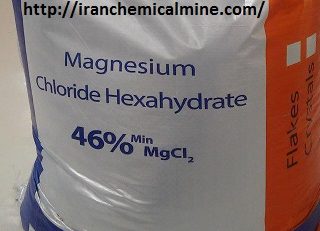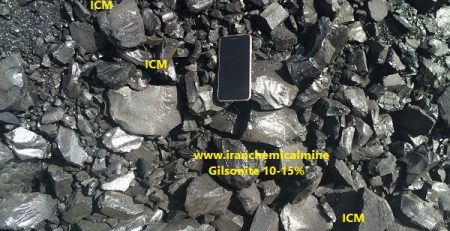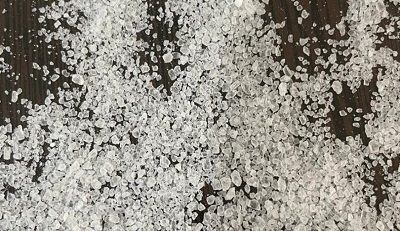SLES in Cosmetics
SLES in cosmetics using as one of important ingredients. One of the growing industries in modern societies today is the skin, cosmetic and health products sector. This is an industrial field whose products cover all segments of society, from children to adults.
If you have ever looked at a catalog or the back of care products, you have definitely seen one of the names SLS, SLES, sodium lauryl ether sulfate, texapone, laureth sulfate salt, etc. The main question is what is sodium lauryl ether sulfate and what are the detergent ingredients in which it is found. The following are some of the applications of these products. Cosmetic products in which SLES is used include hair removal cream, lip balm, hand sanitizer, face and makeup remover, facial scrub and soap, powder cream, etc.
The next application of SLES is in hair-related products such as shampoos, hair dyes, hair styling gels, etc. Other uses of this compound include use in dental care products such as toothpaste, whiteners, and mouthwashes, creams and lotions, anti-itch creams, various types of sunscreens, and more.
SLES in cosmetics properties
SLES in cosmetics is a compound that is used as a surfactant due to the presence of a series of functional factors in the material matrix. But what are these properties and functional factors in SLES that cause this property, we have explained below.
Wetting of SLES on Soft Surfaces
What is Sodium Lauryl Ether Sulfate? As mentioned, SLES is an oligomer containing several ethylene oxide bonds and an ethoxylated decyl alcohol group. In health and cosmetic products, surfactants are used as agents that remove grease from various surfaces. This wetting ability, or wetting efficiency, is considered an important parameter for surfactants. In fact, the optimal performance of a surfactant in terms of wetting efficiency is a balance between the performance of the emulsion in cleaning surfaces and preventing re-contamination.
Sodium Lauryl Ether Sulfate Wetting on Hard Surfaces
The wetting effect is measured by measuring the contact angle of a surfactant with a surface such as glass, plastic, etc. The lower the contact angle, the higher the wetting performance. SLES in cosmetics is a compound that effectively reduces the contact angle in the matrix of compounds and makes the environment hydrophilic.
Foaming
What is the foaming property of SLES? Sodium lauryl ether sulfate has the typical foaming property among sulfonate anionic surfactants. This compound is an excellent choice for cleaning surfaces such as fabrics, plastics, leather, etc.
SLES Cleansing
SLES in cosmetics for cleansing. One of the main properties of lauryl alcohol ethoxylates is their very high cleaning power, which makes these compounds important. SLES shows the best cleaning performance in combination with the main matrix.














Leave a Reply